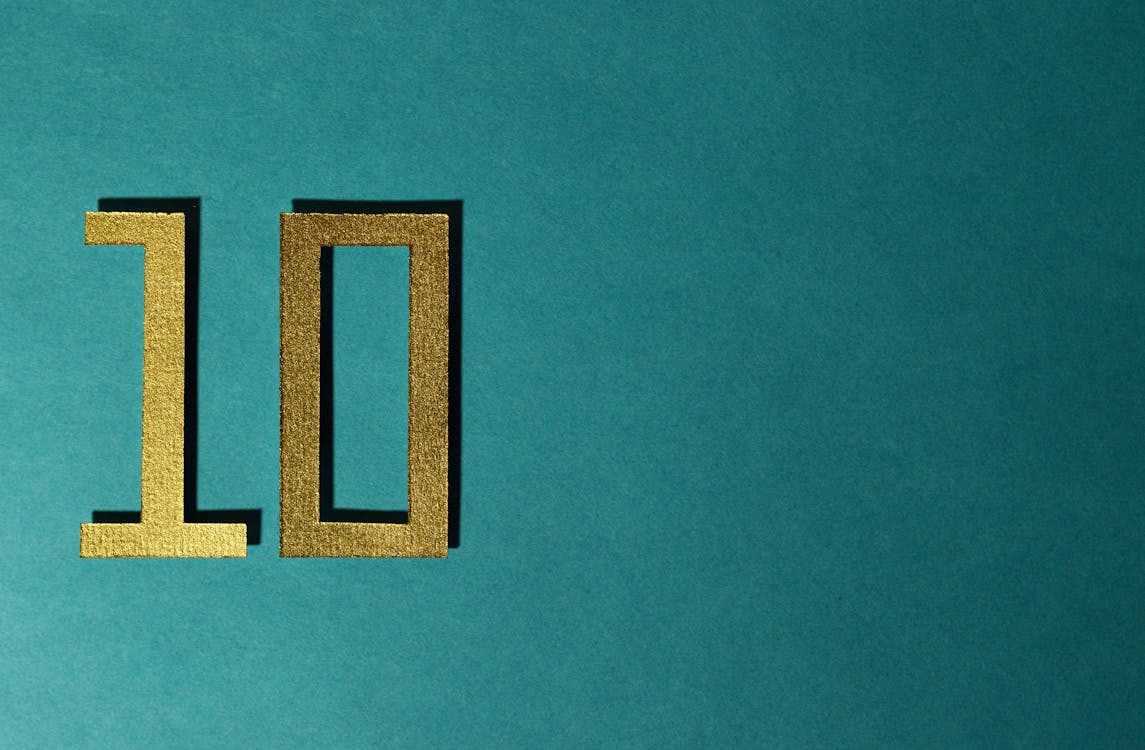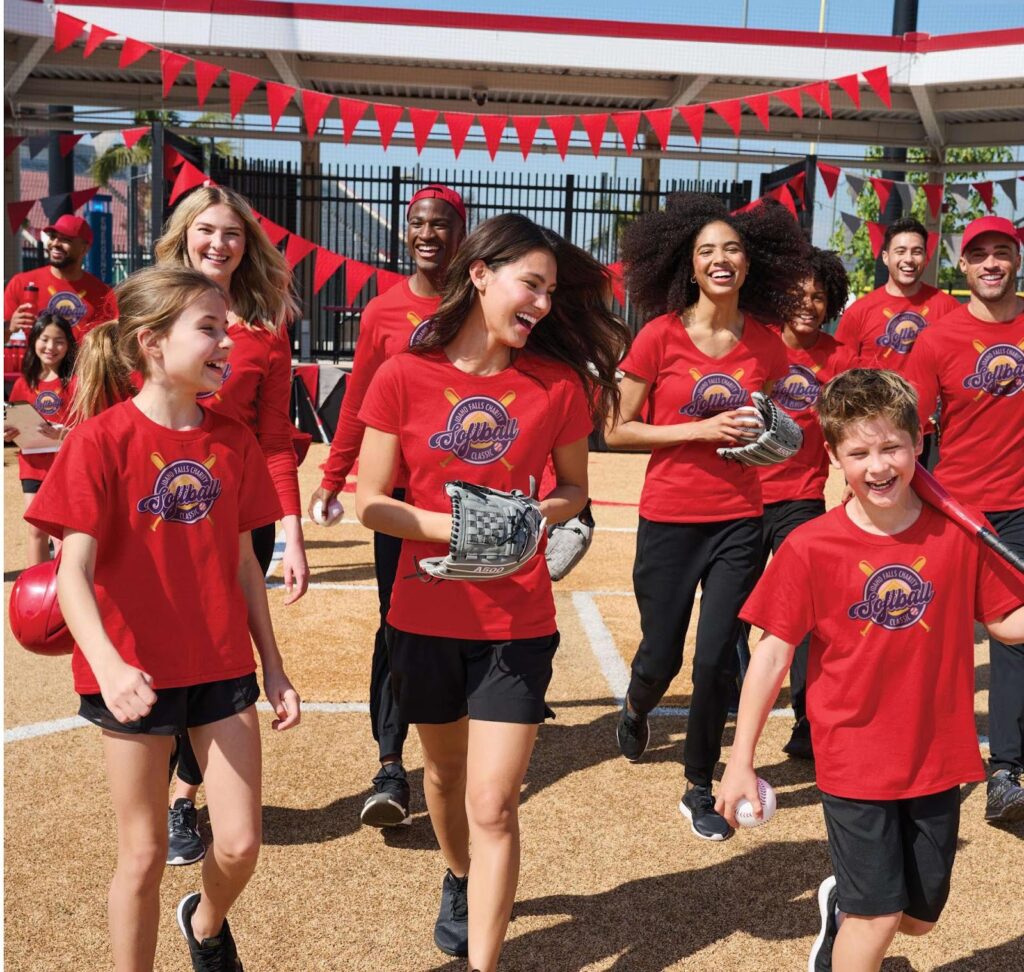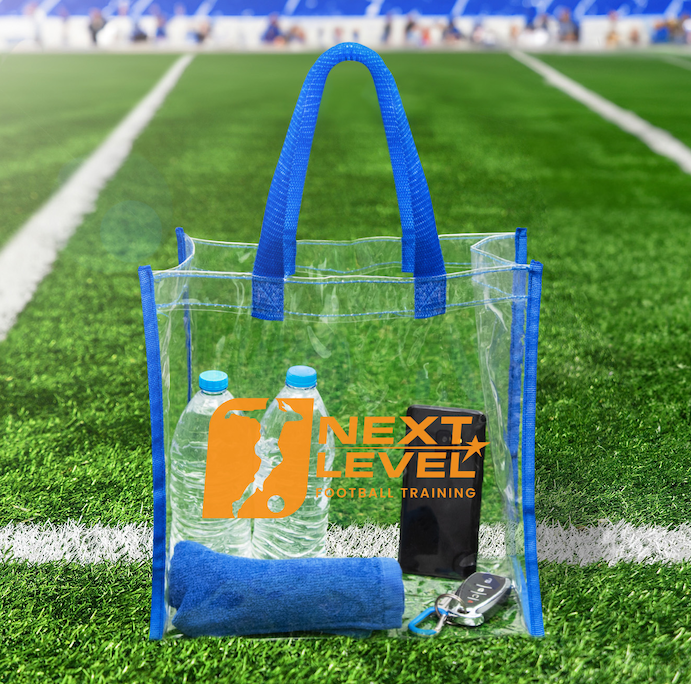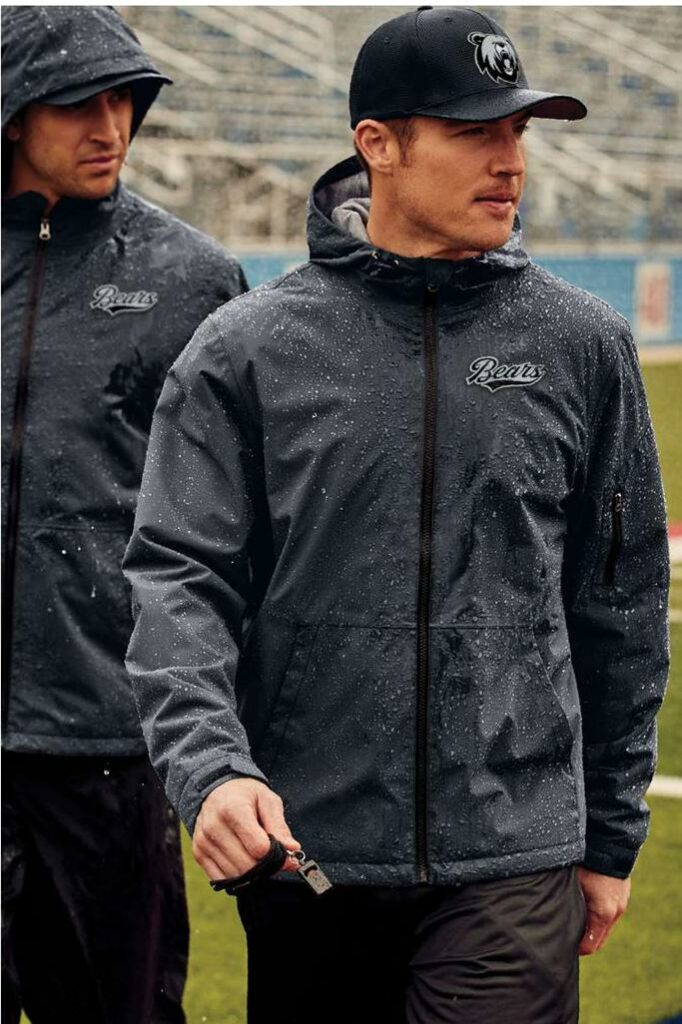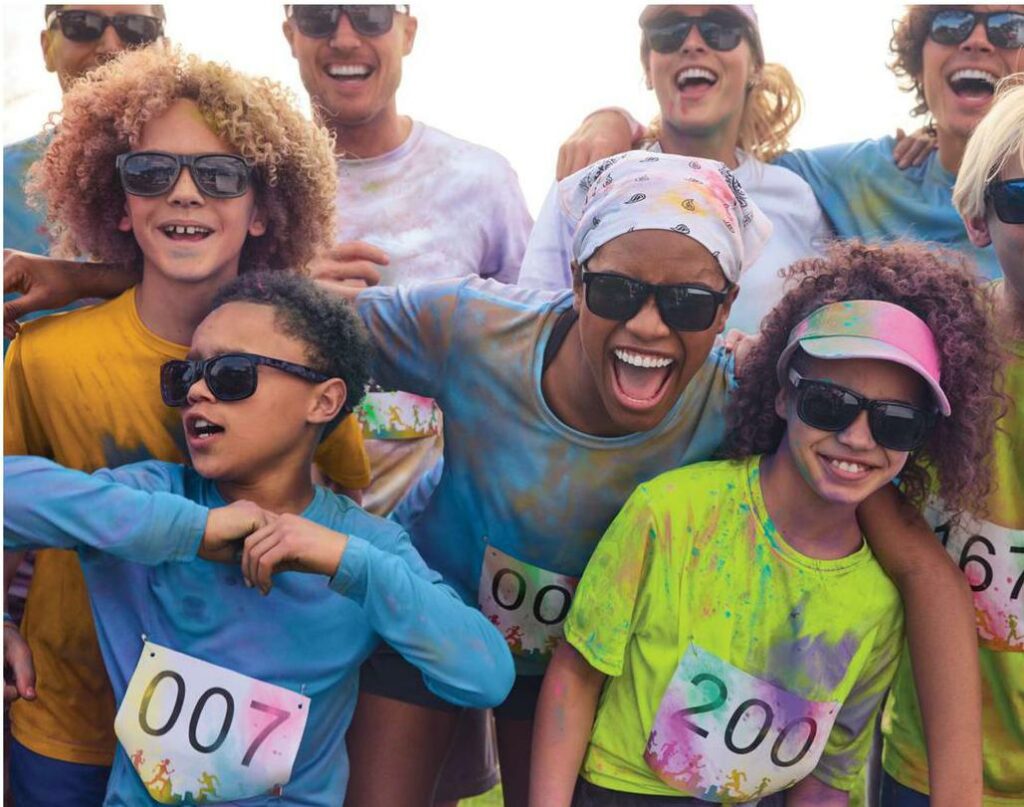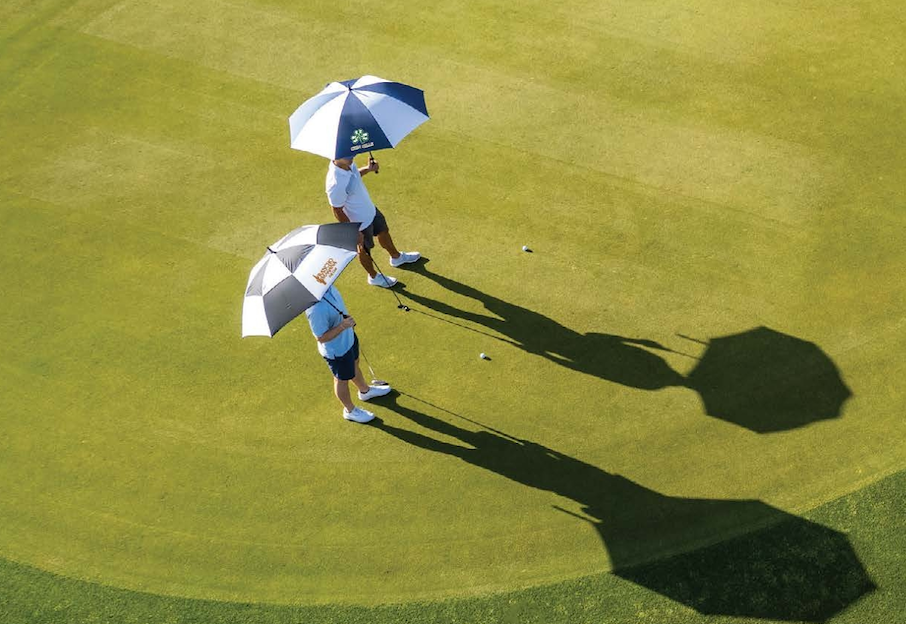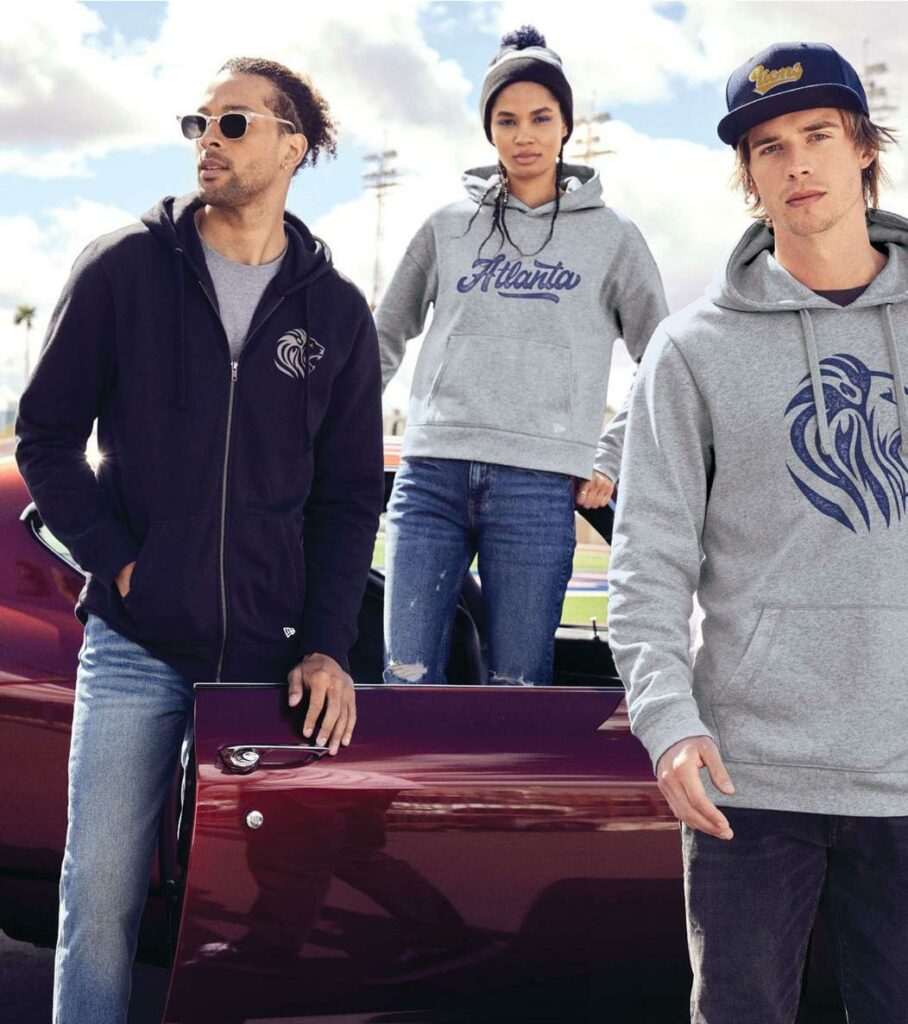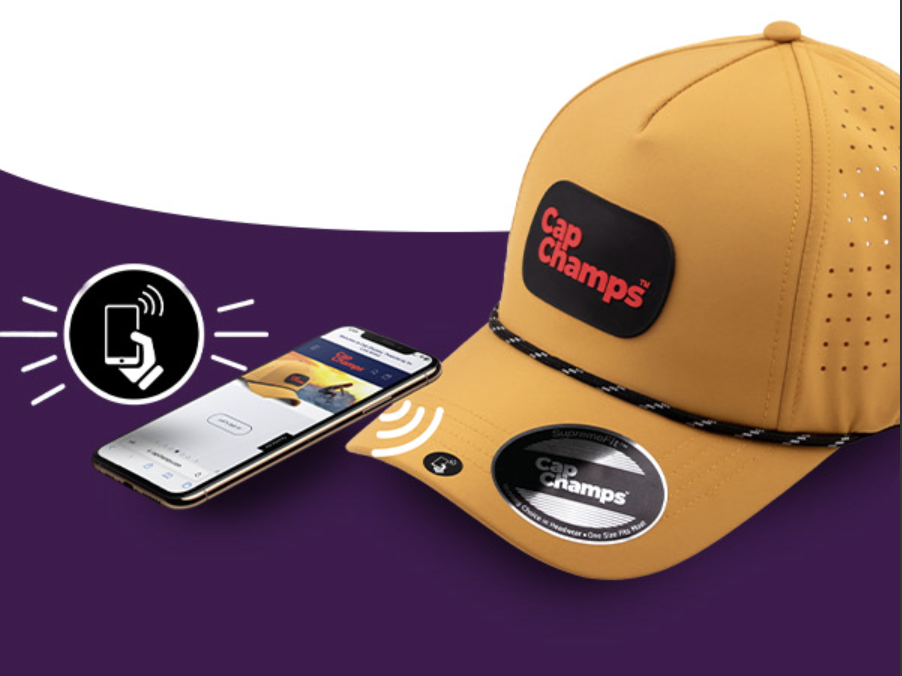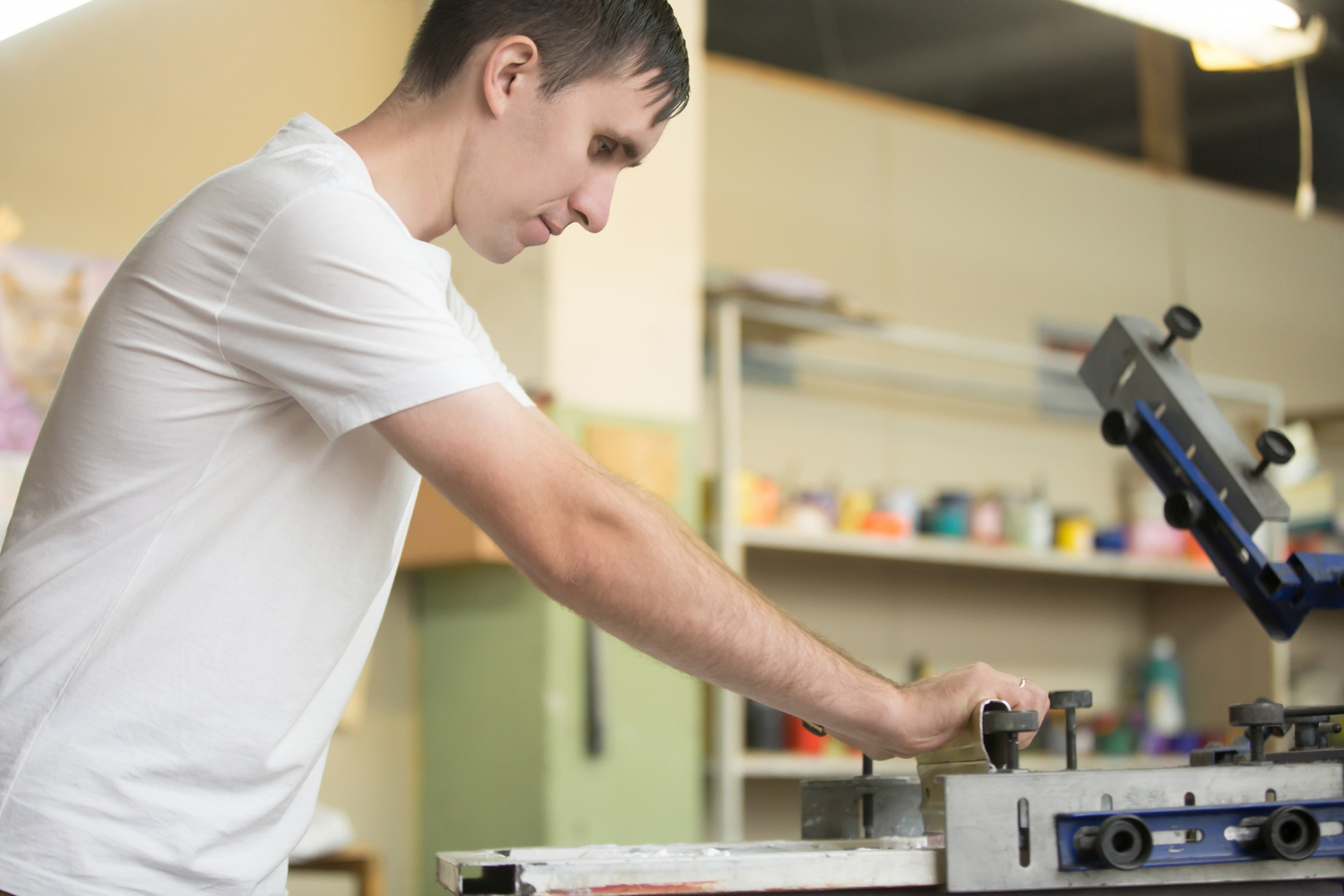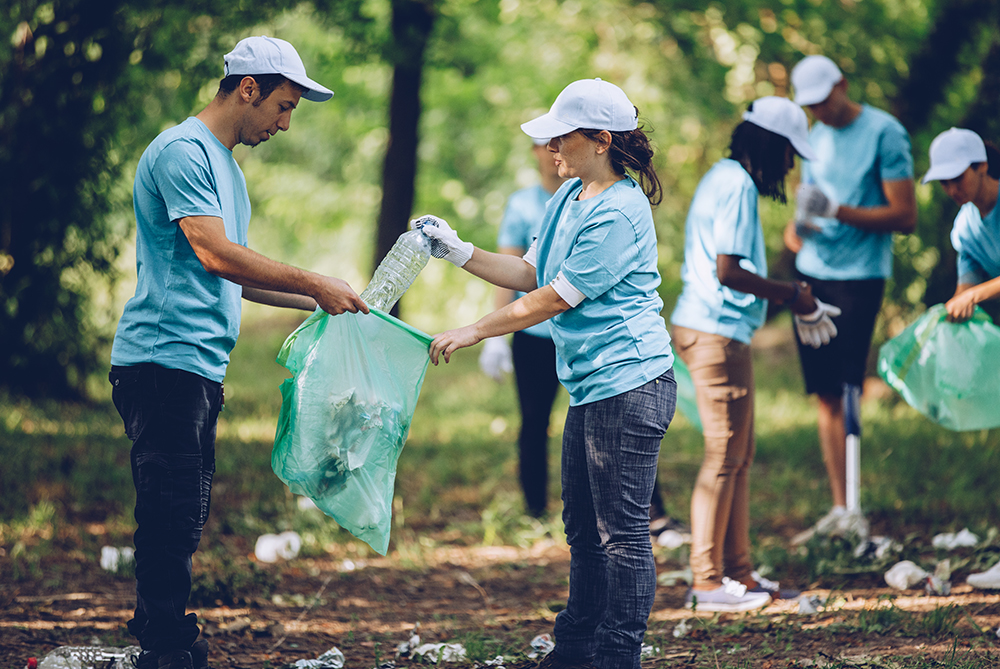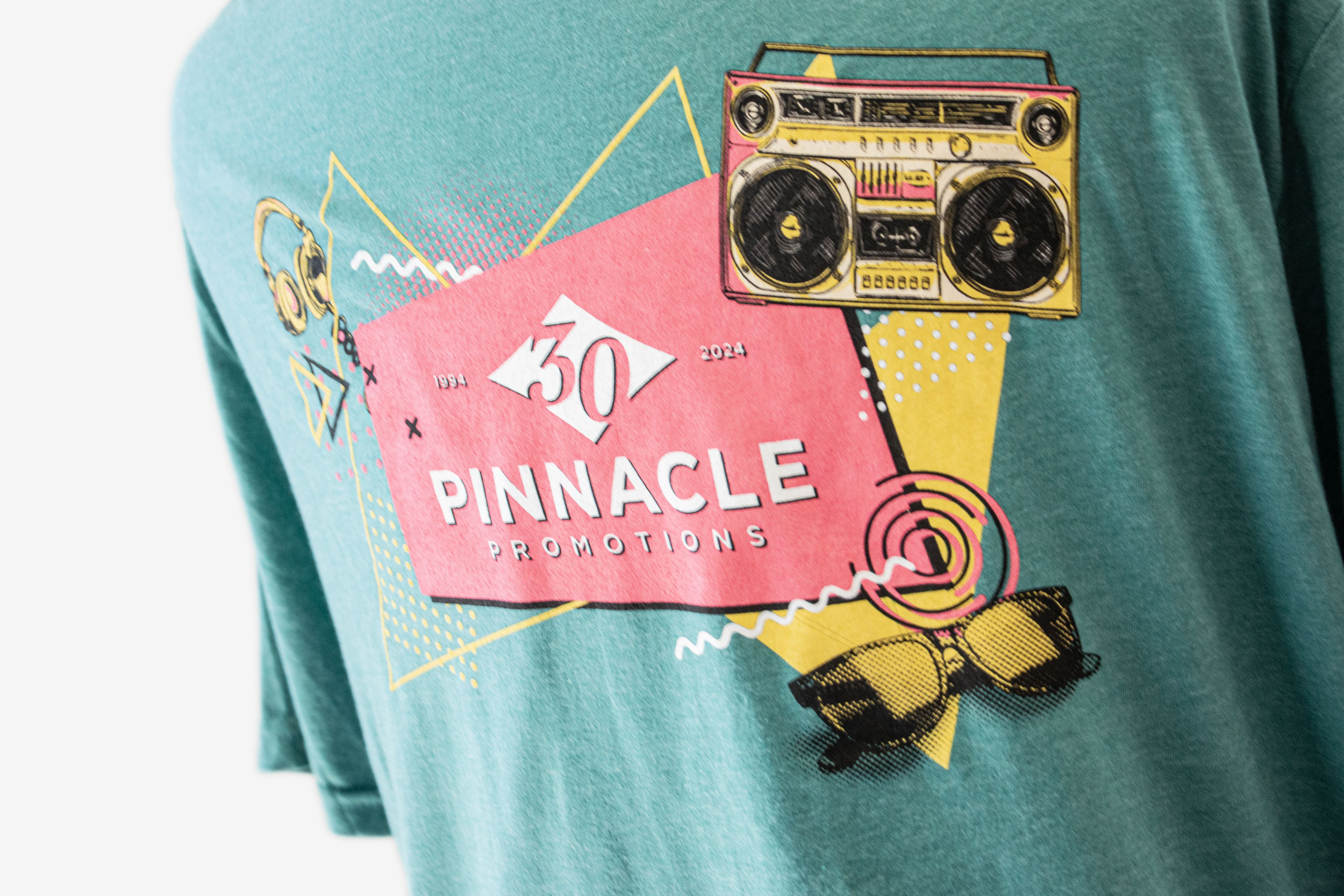Picture this: Your marketing director is wrapping up their last day after eight years with your company. Everyone gathers in the conference room, cupcakes in hand, ready to celebrate. Then you awkwardly hand over an impersonal $20 gift card. When someone dedicates years of service to your team, you want to create a more impactful way to recognize their contributions.
When a team member leaves, emotions run high. The person departing feels excitement for what’s ahead but sadness about saying goodbye. Meanwhile, coworkers feel happy for them but also a little nostalgic. That’s why thoughtful, branded farewell gifts for coworkers—like those we offer at Pinnacle Promotions—can make all the difference, turning goodbyes into lasting connections.
Why Employee Farewell Gifts Matter
A farewell gift isn’t just about saying goodbye—it’s about recognizing someone’s contributions, strengthening bonds and leaving a lasting impression.
They Create Brand Advocates
People remember how they were treated when they left a job. A meaningful farewell gift shows appreciation, making former employees more likely to speak positively about their experience. When they feel valued, they’re more inclined to recommend your company or even refer top talent your way.
They Reflect Company Culture
How you handle goodbyes says a lot about your company’s values. A thoughtful gift reassures current employees that they’re more than just workers—they’re truly valued. It reinforces a culture where people are appreciated, even when they move on to new opportunities.
They Build Lasting Connections
Work relationships don’t just disappear when someone leaves. A meaningful gift helps keep those bonds alive. Whether it’s something practical or sentimental, it serves as a reminder of shared experiences and the professional friendships built over time at your company.
They Encourage Ongoing Relationships
A thoughtful farewell gift can make an employee feel truly appreciated, which keeps the door open for future connections. Whether they return as a client, a collaborator or even an employee again, that lasting goodwill can benefit both them and your company.
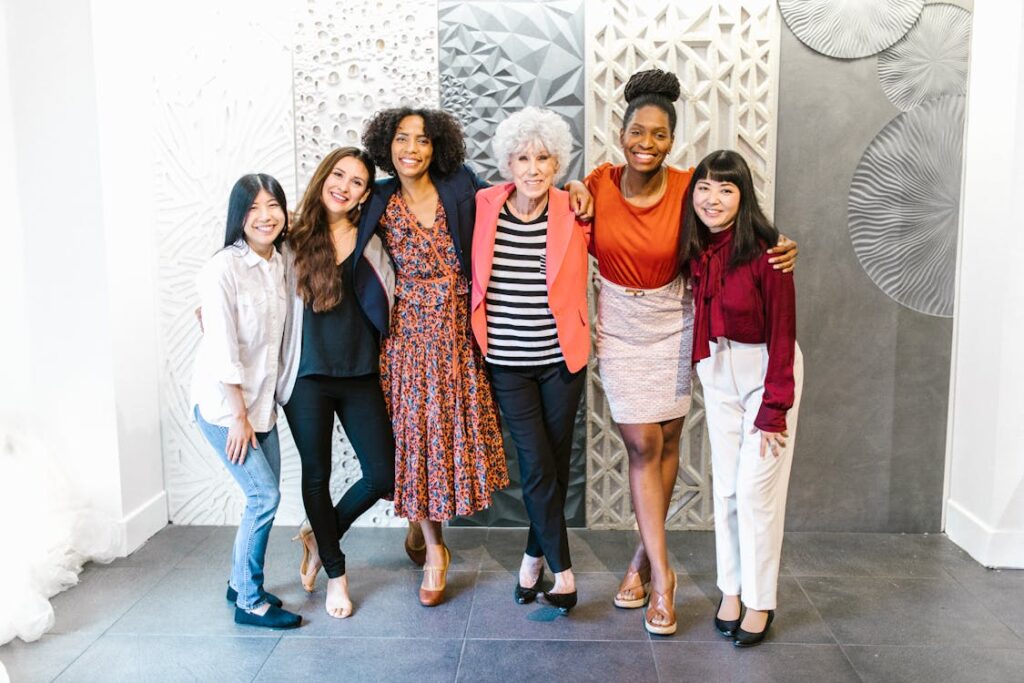
Branded Photo Gifts
Photos preserve shared memories in a way that no other gift can. They capture the moments, relationships and experiences that made an employee’s time at your company special.
Team Pictures
A framed team photo is a connection to the people and experiences that shaped an employee’s career. Many professionals keep these photos on their desks, bringing a sense of familiarity to their next chapter. The 4″ x 6″ Élan Aluminum Photo Frame or the Holliston Bamboo Photo Frame are elegant options that add a polished touch to any office.
Digital Frames
In today’s remote and hybrid work environments, digital photo frames offer a unique way to keep memories alive. Preloaded with team pictures and workplace moments, these frames update automatically and provide a rotating gallery of past experiences.
Photo Ornaments & Keepsakes
For a more personal touch, a Photo Frame Ornament or a Photo Snow Globe can turn a favorite office memory into a cherished keepsake. These small but meaningful farewell gifts for colleagues are perfect for holiday send-offs or as a sentimental reminder of the team they’re leaving behind.
Career Support Gifts
A great farewell gift is about showing support for an employee’s future. Employee farewell gifts that help with their next chapter, whether it’s a new job, relocation or career change, show that you genuinely care about their success beyond their time at your company.
Laptop Sleeves
A high-quality laptop sleeve is an essential tool for professionals on the move. Whether commuting, traveling for business or heading into a new office, a durable and stylish bag is something they’ll use daily.
Professional Portfolios
In interviews, meetings or networking events, a well-made portfolio helps professionals stay organized and make a great impression. A leather-bound or zippered portfolio with compartments for documents, business cards and even a tablet or laptop can be a game-changer.
Travel Accessories
Some career changes come with big moves and a thoughtful travel gift can make that transition smoother. Luggage tags, passport holders or travel organizers are small but incredibly useful gifts for someone who’s relocating for a new opportunity or traveling frequently in their next role.
Charging Solutions
In today’s fast-paced world, staying connected is essential. A portable power bank, multi-device charging station or wireless charging pad ensures they never run out of battery during important meetings, interviews or workdays. A sleek, high-capacity charger is something they’ll use regularly, whether at home, in an office or on the go.
Personalized Gifts
A personalized farewell gift is a heartfelt way to honor an employee’s contributions and celebrate their time with your company.
Crystal Awards
A custom-engraved crystal award highlights an employee’s unique contributions in a way that feels personal and meaningful. Unlike generic trophies, a crystal award etched with their name, role and a heartfelt message becomes a lasting symbol of appreciation.
Branded Pens
A high-quality, branded pen is a gift that adds sophistication and sentimentality. Whether used for signing important documents, jotting down ideas or marking milestones in their next role, a personalized pen is a subtle but meaningful reminder of where they started.
Desk Items
A workspace says a lot about a person and a personalized desk item adds a thoughtful touch to any office. An engraved paperweight or sleek desk organizer serves as a daily reminder of their time with your company.
Collaborative Gifts
A gift from the entire team is a shared effort to show how much someone is valued. Unlike standard corporate employee farewell gifts, collaborative gifts create a collective moment of recognition, ensuring a departing employee feels truly celebrated.
Gift Baskets
A branded gift basket from colleagues is both personal and practical. Whether filled with their favorite snacks, coffee blends, self-care items or office essentials, it reflects the relationships they’ve built.
Experience Gifts
Sometimes, the best gift isn’t a physical item but a memorable experience. A team-funded dinner, concert ticket or weekend getaway is a way to give a departing employee something they’ll truly enjoy.
Message Collections
A branded memory book or handwritten note collection is one of the most treasured farewell gifts for coworkers that a team can give. Colleagues can write personal messages, share inside jokes or reflect on meaningful moments with the departing team member.
Custom Clothing
A branded hoodie, jacket or t-shirt featuring an inside joke, team name or meaningful phrase is a lighthearted but personal way to stay connected. It becomes a piece of nostalgia—a reminder of the friendships, experiences and accomplishments shared with the team.

Creating Meaningful Farewells
At Pinnacle Promotions, we help companies make employee departures more than just a goodbye. Thoughtful farewell gift ideas, when given, show appreciation, strengthen relationships and ensure that employees leave with a positive connection to your company.
From custom awards and office accessories to branded drinkware, apparel and tech gifts, we offer a wide range of high-quality farewell gifts for colleagues designed to make every send-off special. Call us today at 888.413.7283 to find the perfect farewell gift that reflects your company’s appreciation and helps maintain lasting professional connections.

